6FT” DVI to VGA Adapter, Black
Description
A DVI to VGA cable serves as a bridge between devices utilizing different video output standards, specifically Digital Visual Interface (DVI) and Video Graphics Array (VGA). DVI is a digital interface commonly found on modern computers, laptops, and other multimedia devices, while VGA is an analog interface that has been prevalent in older monitors, projectors, and displays.
This cable facilitates the connection of a device equipped with a DVI output port to a display or peripheral device featuring a VGA input port. It effectively translates the digital signals outputted by the DVI port into analog signals compatible with VGA input, ensuring seamless compatibility between the two devices.
Typically, the DVI end of the cable plugs into the DVI output port of the source device, such as a computer or DVD player, while the VGA end connects to the VGA input port of the display device, such as a monitor or projector. Once connected, the cable enables the transmission of video signals from the source device to the display device, allowing users to view images, videos, presentations, and other visual content.
This cable is particularly useful in scenarios where users need to connect newer devices with DVI outputs to older displays or projectors that only support VGA input. By providing a straightforward and reliable means of conversion between digital and analog video signals, it eliminates the need for complex adapters or converters, streamlining the setup process and ensuring compatibility without sacrificing video quality.
Furthermore, DVI to VGA cables are often used in various applications, including business presentations, educational settings, home entertainment systems, and professional audiovisual setups. Whether you’re connecting a laptop to a classroom projector, a desktop computer to a legacy monitor, or a multimedia player to a TV screen, this cable offers a practical and cost-effective solution for achieving interoperability between different video standards.
In summary, a DVI to VGA cable serves as a versatile and essential tool for connecting devices with disparate video output standards, enabling seamless integration and compatibility in a wide range of multimedia setups and environments.
Shipping and Returns
Shipping cost is based on weight. Just add products to your cart and use the Shipping Calculator to see the shipping price.
We want you to be 100% satisfied with your purchase. Items can be returned or exchanged within 30 days of delivery.
There are no question found.
Quick Comparison
| Settings | 6FT" DVI to VGA Adapter, Black remove | Micro HDMI to Standard HDMI Male Cable (1m) remove | DVI to VGA Cable Converter 6 Feet, 1080P HDTV PC Graphics Display Adapter remove | 6ft HDMI to DVI D Adapter Cable - Bi-Directional - HDMI to DVI or DVI to HDMI Adapter for Your Computer Monitor (HDMIDVIMM6),Black remove | Micro HDMI to HDMI Adapter Cable, 6.5ft2M Micro HDMI to HDMI Cable remove | BNC to RCA Adapter Cable (6FT) - BNC Male to RCA Male RG59U 75 ohm Coaxial Composite Video Connector Jack Converter Adaptor Composite remove |
|---|---|---|---|---|---|---|
| Name | 6FT" DVI to VGA Adapter, Black remove | Micro HDMI to Standard HDMI Male Cable (1m) remove | DVI to VGA Cable Converter 6 Feet, 1080P HDTV PC Graphics Display Adapter remove | 6ft HDMI to DVI D Adapter Cable - Bi-Directional - HDMI to DVI or DVI to HDMI Adapter for Your Computer Monitor (HDMIDVIMM6),Black remove | Micro HDMI to HDMI Adapter Cable, 6.5ft2M Micro HDMI to HDMI Cable remove | BNC to RCA Adapter Cable (6FT) - BNC Male to RCA Male RG59U 75 ohm Coaxial Composite Video Connector Jack Converter Adaptor Composite remove |
| Image | 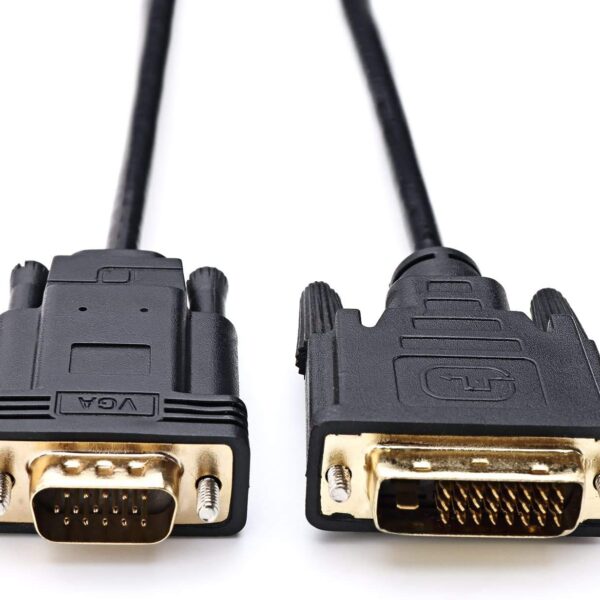 | 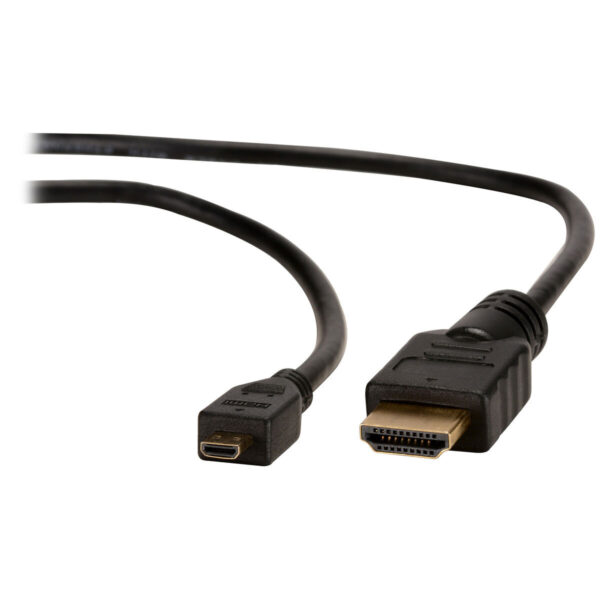 | 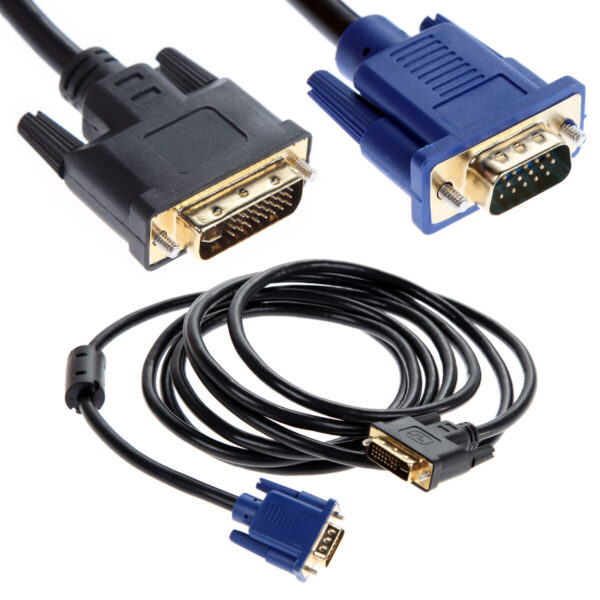 | 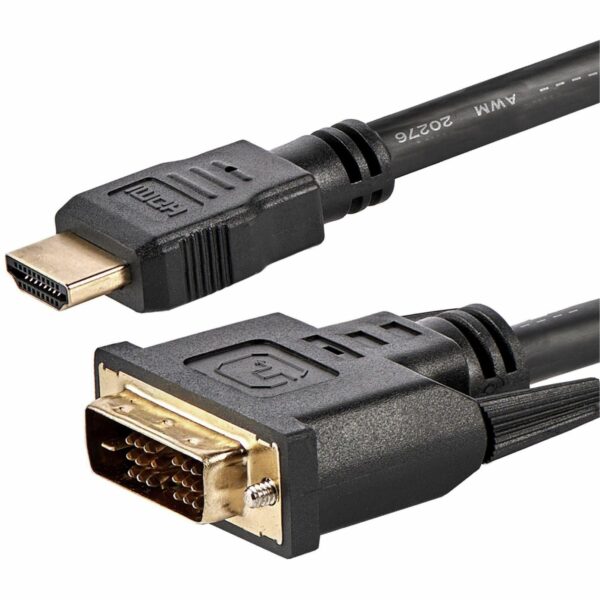 | 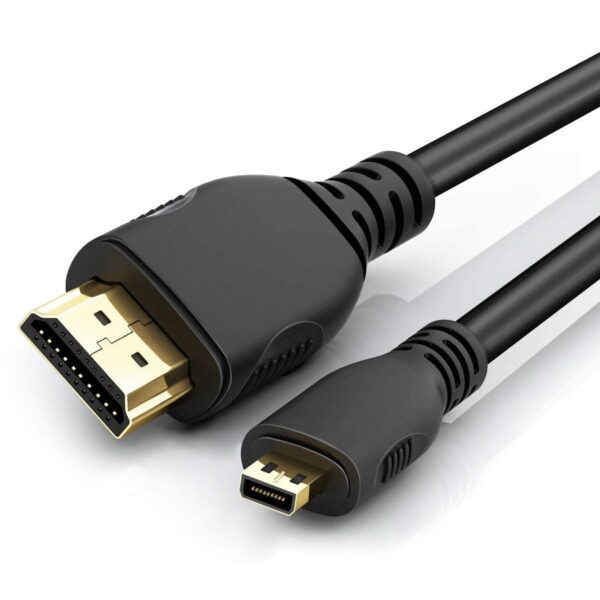 | 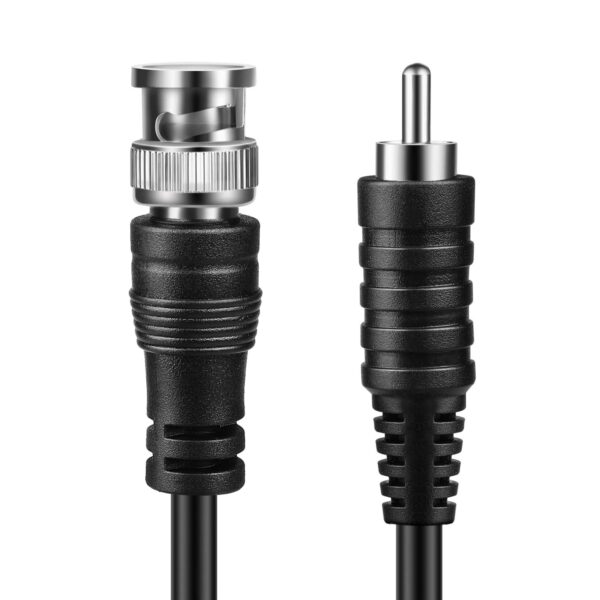 |
| SKU | ||||||
| Rating | ||||||
| Price | ₹560.00 Save 20% | ₹439.20 Save 20% | ₹560.00 Save 20% | ₹400.00 | ₹279.20 Save 20% | ₹239.20 Save 20% |
| Stock | ||||||
| Availability | ||||||
| Add to cart | ||||||
| Description |
|
|
| The DVI-to-HDMI Adapter serves as an essential bridge between different display standards, offering seamless compatibility and connectivity solutions for modern multimedia setups. Designed to convert DVI (Digital Visual Interface) ports into HDMI (High Definition Multimedia Interface) ports, this versatile adapter enables users to interconnect devices with varying output and input specifications. In practical terms, the adapter finds widespread use in scenarios where devices like computer monitors or DVD players feature DVI outputs but are equipped to support HDMI inputs. This common occurrence often arises due to the evolving landscape of display technologies and standards. The adapter effectively eliminates compatibility issues by providing a straightforward solution for integrating DVI-enabled devices with HDMI-equipped displays. By facilitating the connection of DVI sources to HDMI display devices, the adapter opens up a world of possibilities for users to enjoy high-quality digital video and audio signals. Whether it's streaming multimedia content, playing video games, or conducting presentations, the adapter ensures that users can experience crisp visuals and immersive sound without any loss in quality. Furthermore, the adapter's versatility extends to its ease of use and installation. Most adapters feature a plug-and-play design, eliminating the need for complex setup procedures or additional software installations. Users can simply plug the adapter into the DVI output port of their device and connect it to the HDMI input port of their display, enabling instant connectivity and hassle-free operation. The adoption of the DVI-to-HDMI Adapter is not limited to personal entertainment or professional settings alone. Educational environments, conference rooms, and commercial installations can also benefit from its ability to seamlessly integrate different audio-visual equipment. Whether it's connecting a computer to a projector for presentations or linking a DVD player to a digital signage display, the adapter offers a convenient and reliable solution for diverse multimedia applications. In summary, the DVI-to-HDMI Adapter plays a pivotal role in modernizing and enhancing multimedia experiences by bridging the gap between different display standards. Its ability to convert DVI ports to HDMI ports, coupled with its ease of use and robust performance, makes it an indispensable tool for achieving seamless connectivity and maximizing the potential of multimedia devices. |
|
|
| Content | A DVI to VGA cable serves as a bridge between devices utilizing different video output standards, specifically Digital Visual Interface (DVI) and Video Graphics Array (VGA). DVI is a digital interface commonly found on modern computers, laptops, and other multimedia devices, while VGA is an analog interface that has been prevalent in older monitors, projectors, and displays. This cable facilitates the connection of a device equipped with a DVI output port to a display or peripheral device featuring a VGA input port. It effectively translates the digital signals outputted by the DVI port into analog signals compatible with VGA input, ensuring seamless compatibility between the two devices. Typically, the DVI end of the cable plugs into the DVI output port of the source device, such as a computer or DVD player, while the VGA end connects to the VGA input port of the display device, such as a monitor or projector. Once connected, the cable enables the transmission of video signals from the source device to the display device, allowing users to view images, videos, presentations, and other visual content. This cable is particularly useful in scenarios where users need to connect newer devices with DVI outputs to older displays or projectors that only support VGA input. By providing a straightforward and reliable means of conversion between digital and analog video signals, it eliminates the need for complex adapters or converters, streamlining the setup process and ensuring compatibility without sacrificing video quality. Furthermore, DVI to VGA cables are often used in various applications, including business presentations, educational settings, home entertainment systems, and professional audiovisual setups. Whether you're connecting a laptop to a classroom projector, a desktop computer to a legacy monitor, or a multimedia player to a TV screen, this cable offers a practical and cost-effective solution for achieving interoperability between different video standards. In summary, a DVI to VGA cable serves as a versatile and essential tool for connecting devices with disparate video output standards, enabling seamless integration and compatibility in a wide range of multimedia setups and environments. | Standard Micro HDMI cables are used to connect devices with Micro HDMI outputs to displays, monitors, or other devices with compatible HDMI inputs. Here's a description of their features:
|
| The DVI-to-HDMI Adapter seamlessly transforms DVI (Digital Visual Interface) ports into HDMI (High Definition Multimedia Interface) ports, facilitating compatibility between devices. Widely utilized with computer monitors or DVD players equipped with DVI outputs but accommodating HDMI inputs, this adapter enables the connection of DVI sources to HDMI display devices. This conversion empowers users to relish superior digital video and audio signals with ease and clarity. | Micro HDMI-to-HDMI adapters are connectors used to convert Micro HDMI signals to standard HDMI signals, facilitating the connection between devices with Micro HDMI outputs and displays, monitors, or TVs with HDMI inputs. Here's a description of their features:
| BNC-to-RCA adapters are connectors used to convert BNC (Bayonet Neill-Concelman) connections to RCA (Radio Corporation of America) connections, allowing compatibility between devices with different types of connectors. Here's a description of their features:
|
| Weight | N/A | N/A | N/A | N/A | N/A | N/A |
| Dimensions | N/A | N/A | N/A | N/A | N/A | N/A |
| Additional information | ||||||
| Sold | 0 | 0 | 0 | 0 | 0 | 0 |
| Shipping |

















Rating & Review
There are no reviews yet.